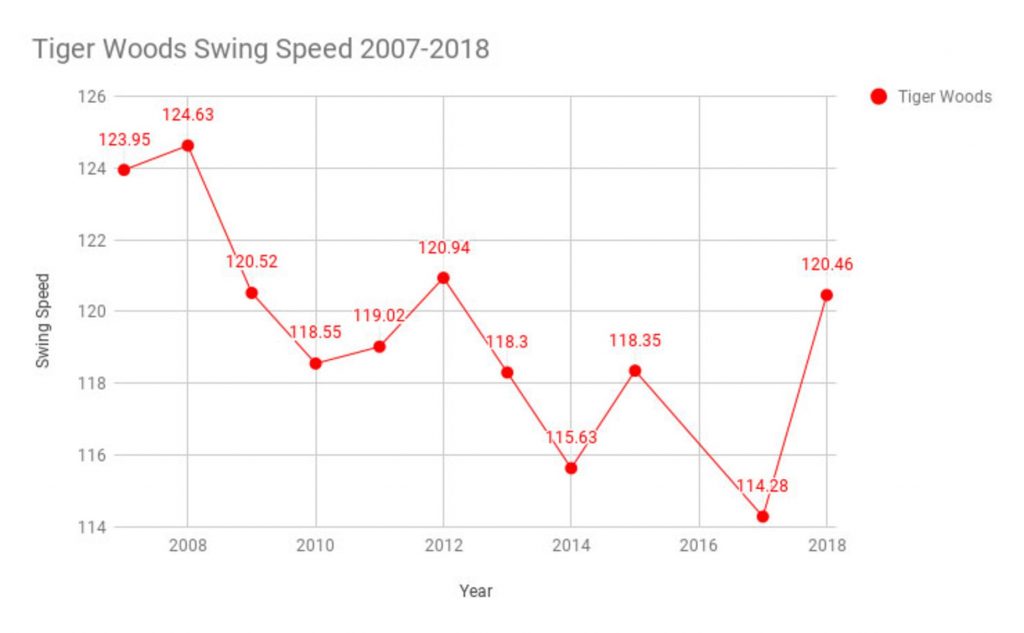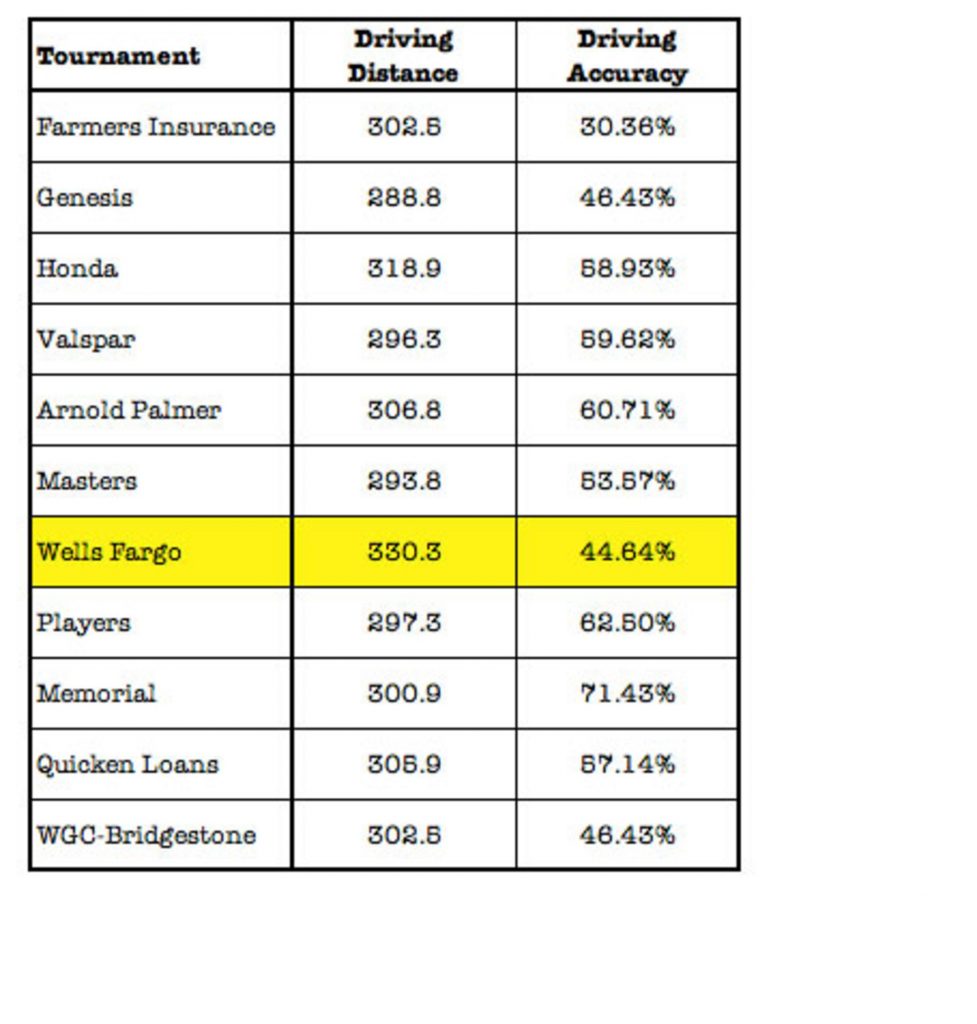For most Tiger Woods fans, myself included, there’s nothing more terrifying than the prospect of another back injury occurring to derail an otherwise impressive return to competition in 2018. I’ve seen too many of those pained winces to rest easy, because at 42, it’s only natural to wonder if Tiger’s current comeback from injury is his last. I want to see Tiger play well, sure, but most of all, I want to see him play, pain-free and happy.
Playing, meanwhile, is something Woods has been, and (hopefully) will continue to be doing a lot of for the next couple of months. The US PGA Tour season’s climax is approaching, with tournaments coming thick and fast, and there are some signs that the most prolonged period of starts for Woods is starting to wear on the 14-time Major champ. There was the kinesio tape at the British Open that caused a minor alarm, and he’s talked about not being able to practise as hard as he used to. He’s even copped some back stiffness.
So, how much is the schedule taking a toll on Tiger’s swing?
Over at GolfChannel.com, Ryan Lavner took a fascinating line of inquiry by pairing the various anecdotal evidence with a look at Woods’ swing speed, which appears to be sliding downwards – from 122.6 mph at Quail Hollow earlier this year to 117.7 mph on Sunday at Firestone, a loss of about five miles per hour.
So, is this swing speed issue a red flag Tiger fans should be worried about? I’m here to reassure you that it isn’t.
First things first, let’s take a look at Tiger’s swing speed relative to his career. His current average clocks-in at about 120 mph. It’s slower than when he was conqueror of the world before 2008, but his current average looks right in-line with what we’ve seen ever since. In nine post-knee-injury seasons where he’s played enough events to register an average swing speed, seven have ranged between 118 and 120 mph. The other two (in 2014 and 2017) can basically be explained away by injuries.

At Quail Hollow in May, Tiger did indeed boast a 122-mph average swing speed, which is indeed faster than he’s been swinging the club on average since his knee surgery. But if we look at that event in the context of his season, we can see it’s very much an outlier.

Tiger registered his highest average Driving Distance of the season (by far) and second-lowest Driving Accuracy. To me, that tells a story of Tiger hitting more drivers earlier in the season – especially at the Wells Fargo and also at the Honda Classic – than he is now.
Throw out that outlier and there’s not much in Tiger’s distance stats to suggest that he’s swinging the club any differently than he was earlier in the season, even if he is fatigued and his iffy back is bothering him more than it was earlier in the year.
His swing speed has declined less than 2 mph since the Players Championship (the week after Wells Fargo). And the number of events is a pretty small sample size to suggest any macro-level issues. His 117 mph swing speed average during Sunday at Firestone was simply the result of him hitting fewer drivers off tees, because the shorter the club, the slower the swing speed. And besides, when he did pull the big stick, he still mashed drives of 344, 358, 368 and 398 yards.
All that said, Woods’ fans should keep a watchful eye on it as the anecdotal evidence is there, and well, we should all be done taking Tiger’s health for granted. He doesn’t seem as physically comfortable as he was earlier in the year, but I don’t think that’s taking a physical toll on his golf game.
So, basically, let’s not worry – yet.




